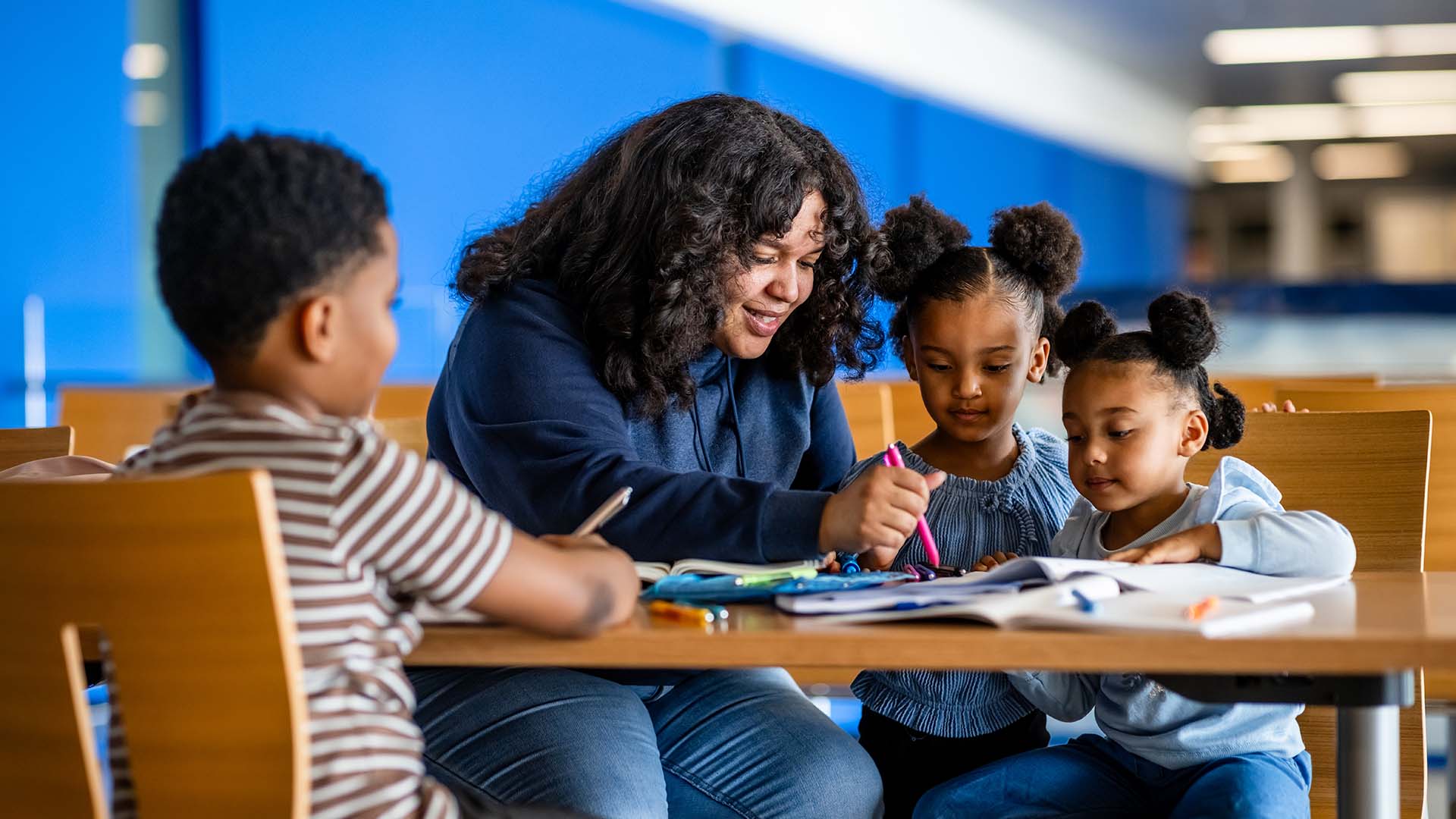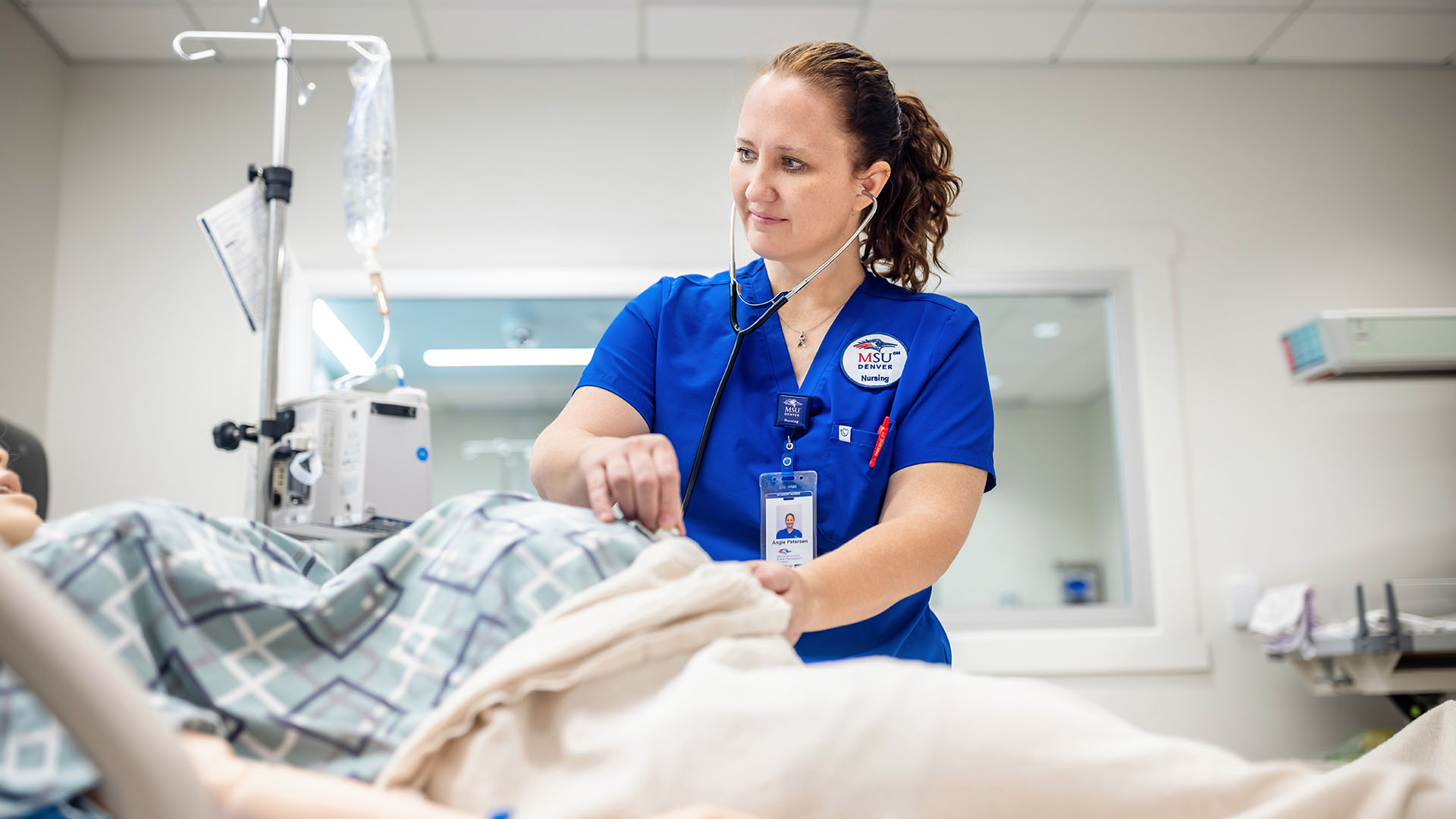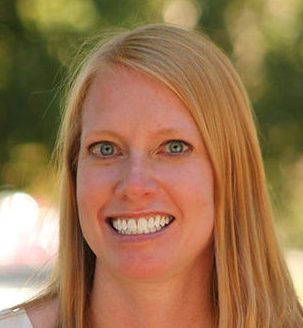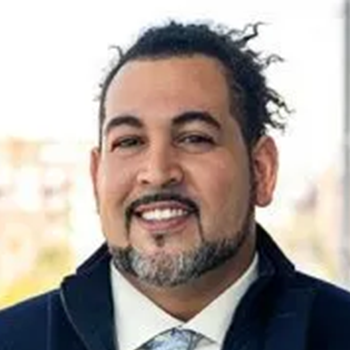The Pell Grant turns 50
Here’s how the federal financial-aid program continues to make college more accessible to thousands of Coloradans and why advocates say it’s time to expand it.
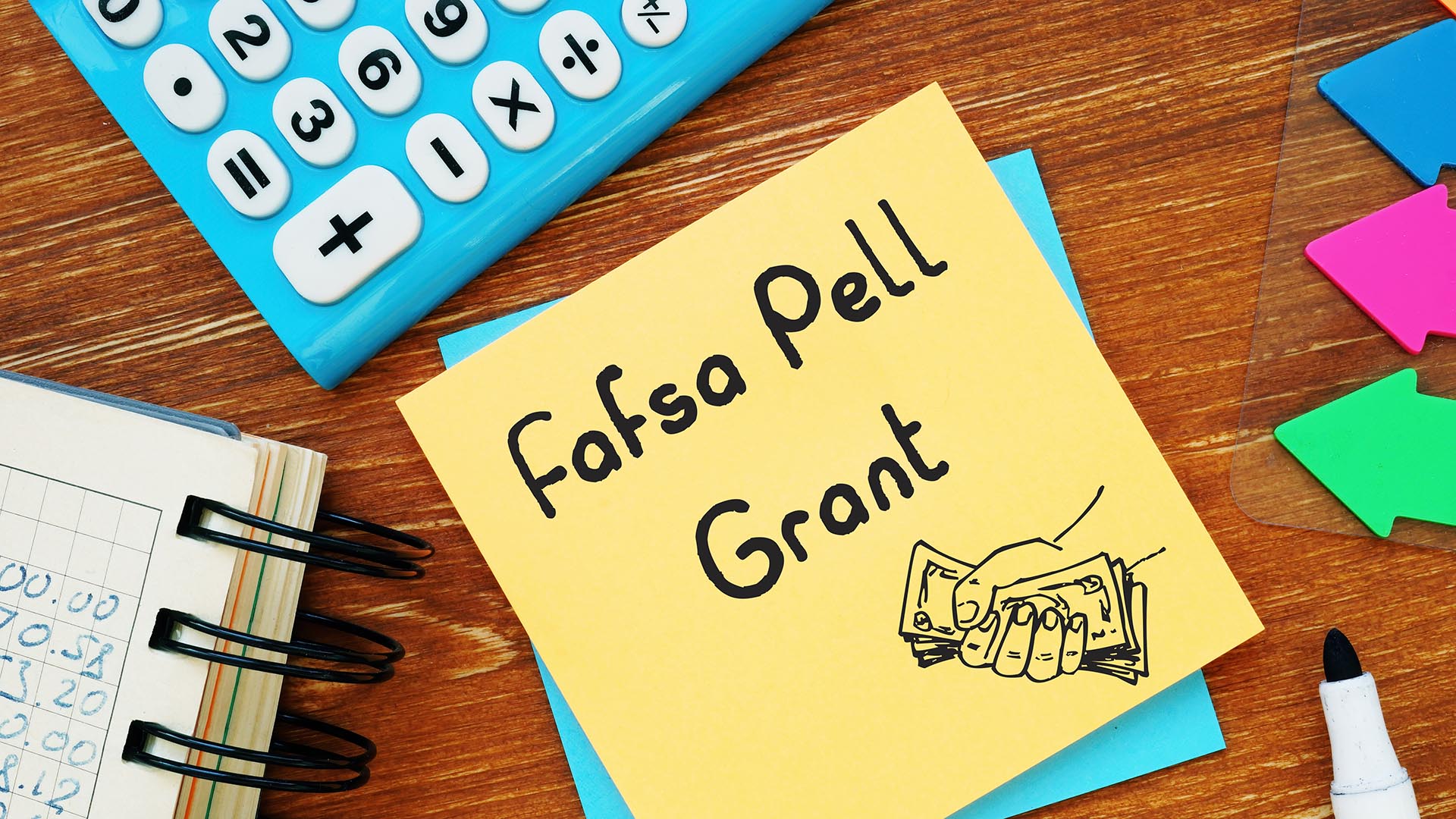
President Joe Biden on Wednesday signed a proclamation recognizing the 50th anniversary of the Pell Grant and reiterating his call to double the amount of financial aid the award provides to millions of college students.
Advocates say such an increase would spur the economy and boost access to higher education for more low- and moderate-income students and families, among other benefits.
The Pell Grant provides students with need-based federal financial-aid that doesn’t have to be repaid. The grants constitute the largest grant program offered by the U.S. Department of Education.
“They help bridge the affordability gap for many students who otherwise would not be able to afford higher education,” said Jennifer Helgeson, director of compliance at Metropolitan State University of Denver.
RELATED: Promise of free tuition aims to eliminate financial barriers to college
On June 23, 1972, President Richard Nixon signed the Education Amendments Act, which established the grant program that helps nearly 7 million students attend and complete college annually, with over 77,000 students in Colorado receiving Pell funding last year.
Biden this year signed a bill into law that contains $24.6 billion for federal student-aid programs and includes a $400 increase to the maximum Pell Grant award, bringing it to $6,895 per student for the 2022-23 award year.
In his proclamation, Biden said that his 2023 budget calls for a more significant 25% increase for the 2023-2024 academic year and would double the maximum Pell Grant Award by 2029.
Calls have been growing to double the maximum annual Pell Grant award, Helgeson said, in part because Pell Grant funding doesn’t stretch as far as it once did. When the program was created, it covered more than 75% of the cost of attending a four-year public college. Now the grants cover just 28% of tuition on average.
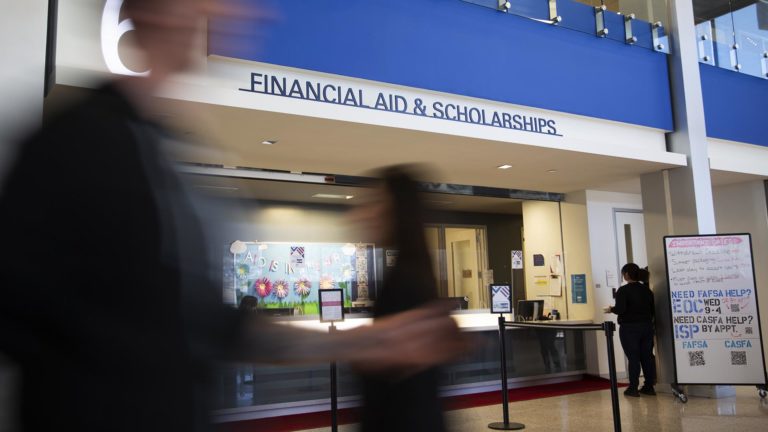
Nearly 90% of all Pell dollars go to students with family earnings below $50,000. The grants are especially critical for students of color, MSU Denver President Janine Davidson, Ph.D., and 21 other Colorado college and university presidents wrote in a letter to Colorado’s U.S. senators and representatives, urging them to double the Pell Grant amount.
“Now more than ever, Pell Grants are vital for low-income and first-generation students, whose families have been especially hard hit by job losses, decreased pay and other financial hardship due to the pandemic,” the letter said.
Shannon Sheaff, interim executive director of MSU Denver’s Office of Financial Aid and Scholarships, says roughly 30% of MSU Denver students receive Pell Grants, though this number could be higher if more students completed the necessary paperwork.
RELATED: Colorado students leave $30 million in financial aid unclaimed
From fall 2017 to last fall, the average Pell Grant award for MSU Denver students was about $2,200. The Office of Financial Aid and Scholarships reports that more than 50% of Denver Public Schools graduates could attend MSU Denver for free based on their Pell status.
“All students eligible for Pell who complete the federal student-aid process, who demonstrate academic eligibility and who enroll for classes in a given semester receive the grant,” Sheaff said.
She added that students receive plenty of help in completing financial-aid forms. The following student-service offices provide assistance with federal and state forms:
- The Office of Financial Aid and Scholarships
- Scholarship Support and Retention
- TRIO Student Support Services
- The Gender Institute for Teaching and Advocacy
- The College Assistance Migrant Program
- The Immigrant Services Program
“Students have multiple avenues of support and can seek assistance where they feel comfortable interacting and sharing personal information,” Sheaff said.
To receive a Pell Grant, students must complete the Free Application for Federal Student Aid, called the FAFSA, by June 30 of every year.


